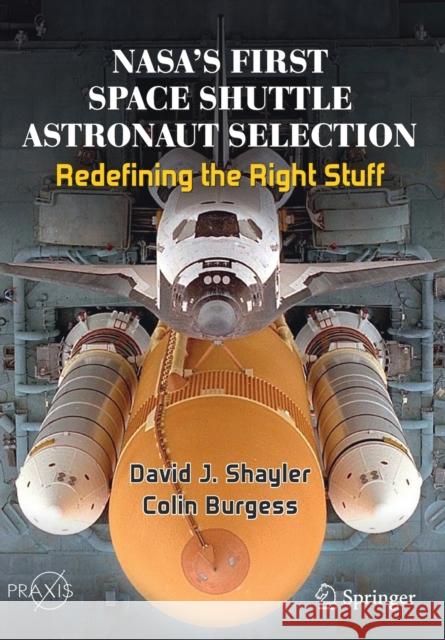Nasa's First Space Shuttle Astronaut Selection: Redefining the Right Stuff » książka
topmenu
Nasa's First Space Shuttle Astronaut Selection: Redefining the Right Stuff
ISBN-13: 9783030457419 / Angielski / Miękka / 2020 / 589 str.
Nasa's First Space Shuttle Astronaut Selection: Redefining the Right Stuff
ISBN-13: 9783030457419 / Angielski / Miękka / 2020 / 589 str.
cena 153,30
(netto: 146,00 VAT: 5%)
Najniższa cena z 30 dni: 134,90
(netto: 146,00 VAT: 5%)
Najniższa cena z 30 dni: 134,90
Termin realizacji zamówienia:
ok. 22 dni roboczych
Bez gwarancji dostawy przed świętami
ok. 22 dni roboczych
Bez gwarancji dostawy przed świętami
Darmowa dostawa!
Kategorie BISAC:
Wydawca:
Springer Nature Switzerland AG
Język:
Angielski
ISBN-13:
9783030457419
Rok wydania:
2020
Wydanie:
2020
Ilość stron:
589
Waga:
0.97 kg
Wymiary:
24.41 x 16.99 x 3.2
Oprawa:
Miękka
Wolumenów:
01
Dodatkowe informacje:
Bibliografia
Wydanie ilustrowane
Wydanie ilustrowane











